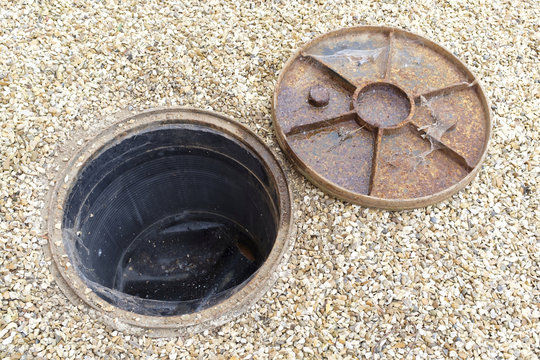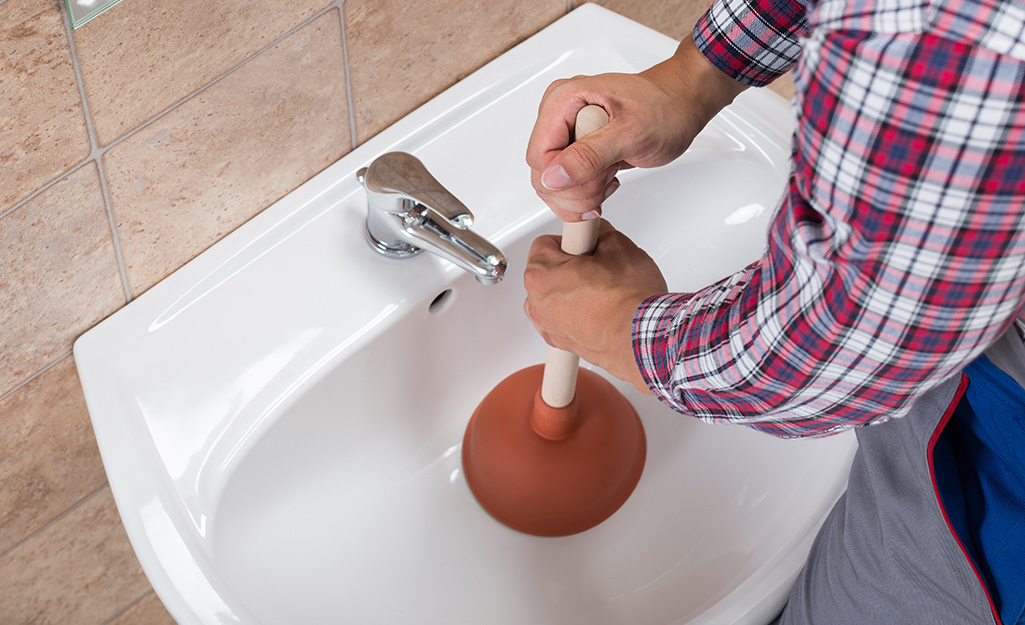Advice for Handling a Blocked Drain Before Engaging Expert Plumbers
Advice for Handling a Blocked Drain Before Engaging Expert Plumbers
Blog Article
Are you trying to locate advise on Some easy tips to fix blocked drains?

Intro
Taking care of a blocked drainpipe can be an aggravating experience, disrupting daily activities and possibly creating damage to your property. Nevertheless, before connecting to pipes specialists, there are steps you can require to deal with the concern yourself. In this guide, we'll explore do it yourself options and preventive measures to tackle an obstructed drain effectively.
Recognizing the Issue
The initial step in addressing a blocked drainpipe is recognizing the signs. Slow drainage, gurgling audios, foul odors originating from drains pipes, or water backing up prevail indications of a blocked drain. Recognizing these signs early can assist avoid additionally complications.
Choosing the Right Plumbing Solution
When picking a pipes solution, consider elements such as experience, licensing, and client reviews. Choose a trustworthy plumbing with a performance history of high quality workmanship and transparent rates techniques.
Expense Considerations
The price of professional drain cleaning services can differ depending on the intensity of the clog and the plumbing technician's rates. Demand quotes from numerous suppliers and inquire about any type of additional charges to make sure transparency and prevent surprises.
Safety Precautions
When attempting DIY drain cleaning, prioritize safety and security. Put on protective gloves and glasses to prevent contact with damaging chemicals or bacteria. Never mix different drainpipe cleaning products, as this can produce harmful fumes.
Situation Researches
Real-life examples illustrate the effectiveness of DIY remedies and the relevance of timely professional treatment in resolving drainpipe blockages.
Typical Causes of Blocked Drainpipes
Understanding the elements that add to drain obstructions is important for efficient resolution. Typical wrongdoers include hair, soap scum, oil, food particles, and international objects like hygienic products or paper towels. Tree origins invading below ground pipelines can additionally create significant obstructions.
DIY Solutions
For small clogs, a number of DIY remedies can be efficient. Pouring boiling thin down the drain can aid liquify grease and debris. Baking soda and vinegar or a mixture of salt and cooking soda can work as natural cleansers. Using a bettor or pipes serpent to remove blockages is another alternative.
Devices and Equipment
Having the right devices on hand can make do it yourself drainpipe cleansing more efficient. A bettor is a functional device for clearing clogs in sinks, commodes, and showers. A plumbing snake or auger can get to deeper obstructions, while drain cleaning chemicals can be utilized very carefully for persistent clogs.
Safety nets
To stay clear of future clogs, taking on safety nets is important. Set up drain guards or strainers to capture hair and particles before they enter the pipes. Frequently flush drains with warm water to liquify grease buildup, and stay clear of dealing with grease or strong waste away.
When to Call an Expert
While DIY remedies can fix small obstructions, certain indicators suggest the demand for specialist support. Relentless blockages, foul odors regardless of cleaning initiatives, or multiple drains pipes backing up concurrently are warnings that call for expert intervention.
Verdict
By following the suggestions laid out in this guide, you can efficiently take on obstructed drains pipes and prevent future pipes concerns. Whether opting for DIY services or looking for expert help, punctual action is vital to keeping a healthy plumbing system and preserving the stability of your home.
How to Clear a Clogged Drain Yourself (And When to Call In the Professionals)
What Can Clog a Drain
Dirt Skin flakes Hair Grease Soap scum Food Offset pipes Tree roots Small objects Mineral buildup DIY Tricks to Unclog a Drain
You can fix this! Once you have identified the source of the clog (or have a vague idea), you can try one or a combination of these fixes in order to clear your plumbing.
Wire Hanger or Snake
Untangle and clear out hair from a drainpipe with a homemade snake. Use a straightened-out wire hanger with a 90-degree angle hook to locate the clog and drag out any unwanted material.
Remember not to push the clog further down to where the wire hanger cannot reach! If you need to follow up with a plunger, give it a try. Your efforts might be more successful after it’s been wire-snaked.
If you want to get fancy and don’t have a wire hanger to spare, head to the store and pick up a hand-operated drain snake. You can get one for $10-$30. It may save you the hassle, and provide additional length to reach deep into the clogged pipe.
Plunger
A cup plunger has a suction cup attached to a wooden handle. The rubber creates a seal around the drain, and increases the pressure force of the plunger.
Plunge for 30-second increments to loosen the clog. This may need to be repeated over the course of 15-20 minutes. Once plunged, run the water to flush the remaining material out of the drain.
Remember– never use a plunger if you have used a chemical drain cleaner. These chemicals can splash up from the force of the plunger and cause serious injury or burns.
Boiling Water
Hot water can sometimes break up materials into a flushable amount. Dirt, grease, and soap buildup requires heat in order to unstick from surfaces.
Take your kitchen kettle and heat your water to a boil. Once it reaches a rolling boil, pour it directly down the drain into the blockage. Carefully follow with plunging, if necessary.
Don’t worry if this takes more than one try! It can often take multiple kettles and repeated plunging in order to clear a particularly stubborn clog.
Chemical Drain Cleaner
As a last resort, pick up a bottle of chemical drain cleaner. Drain-cleaning chemicals are potent, and not very good for the environment.
You may need to wear protective eyewear in gloves before handling your bottle of chemical drain cleaner. Follow the instructions printed on the bottle, and flush with water as soon as the instructions allow. Do not follow with plunging.
Baking Soda and Vinegar
As a safer alternative to chemical drain cleaner, baking soda and vinegar can create a chemical reaction that clears tough clogs.
Combine one cup of cleaning vinegar with one cup of boiling water, and set aside. Once you have done this, pour half a cup of baking soda down the drain. Give the baking thirty seconds to settle and cover a large portion of the problem drain.
Following the baking soda, pour down your vinegar and hot water solution. Once the vinegar and baking soda combine, the mixture will bubble and fix. Let this reaction fizzle in the drain for about an hour.
After an hour, follow with a kettle’s worth of hot water. The heat and liquid should flush out any remaining material.
When to Call a Plumber
If your DIY attempts haven’t cleared your clog drain, it’s time to call in a professional. It’s not worth losing access to your kitchen sink or high-traffic bathroom. A clog in a vital area can keep you from the things you’d rather be doing, and derail your routine.
Anytime a clog is causing water to spread is a time to call in a plumbing service. What starts out as a little bit of water can quickly grow into serious, expensive water damage.
Additionally, a serious clog can result in burst pipes or serious leaks. Make sure you know when to take it seriously!
https://myguysnow.com/how-to-clear-a-clogged-drain-yourself-and-when-to-call-in-the-professionals/

I was brought to that article on through someone on another blog. Sharing is caring. You won't know, you could be doing someone a favor. Thank-you for going through it.
Call Today Report this page